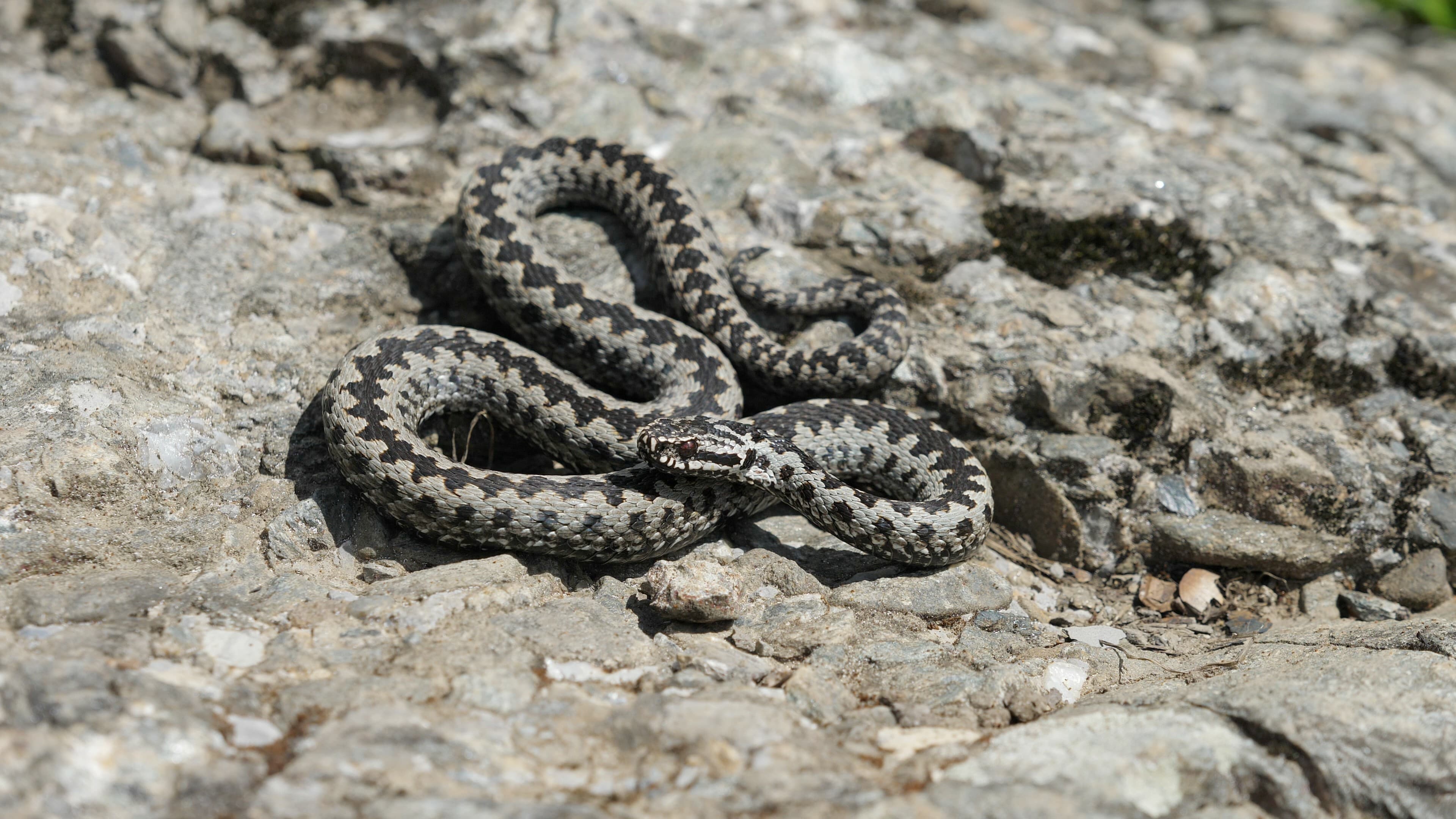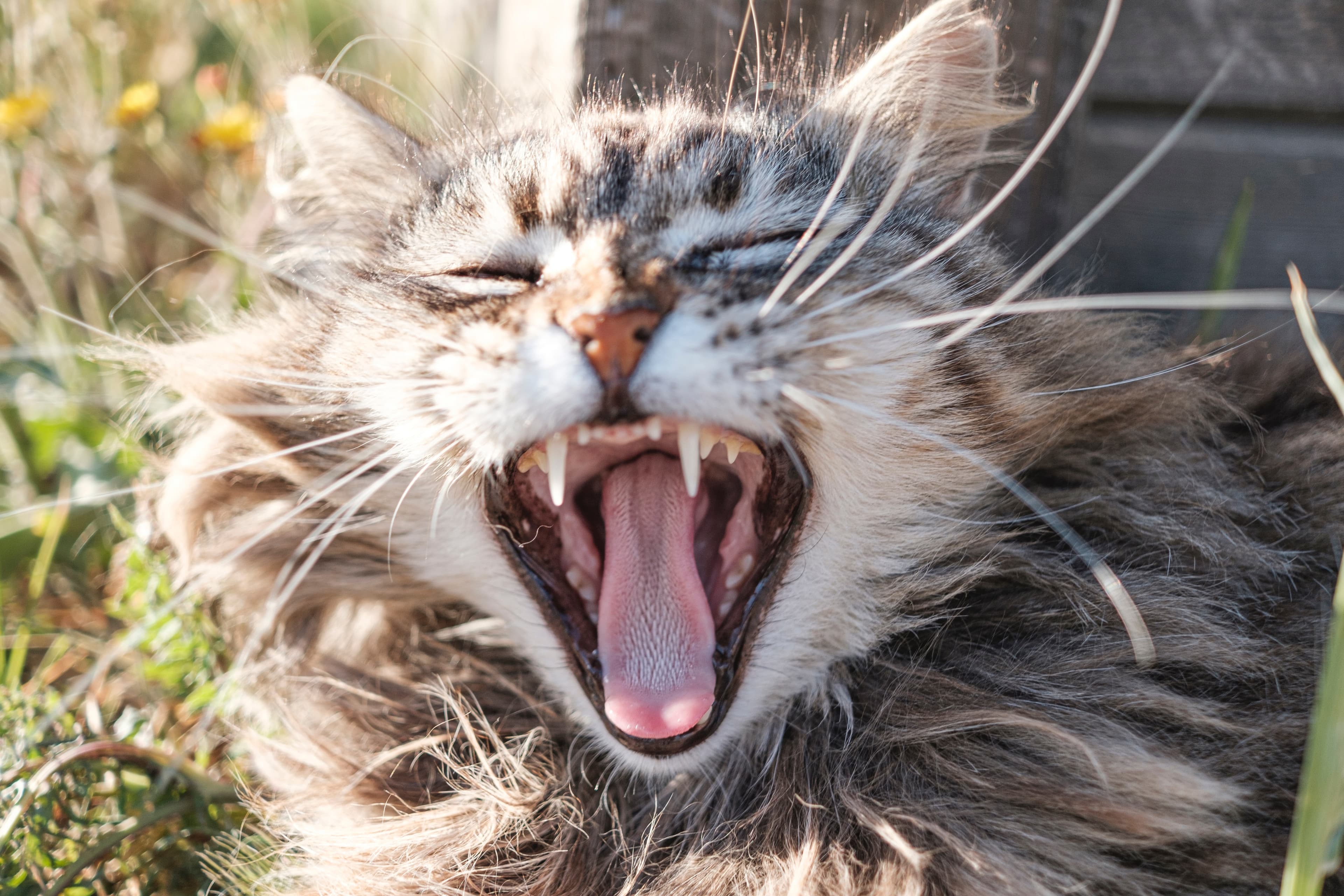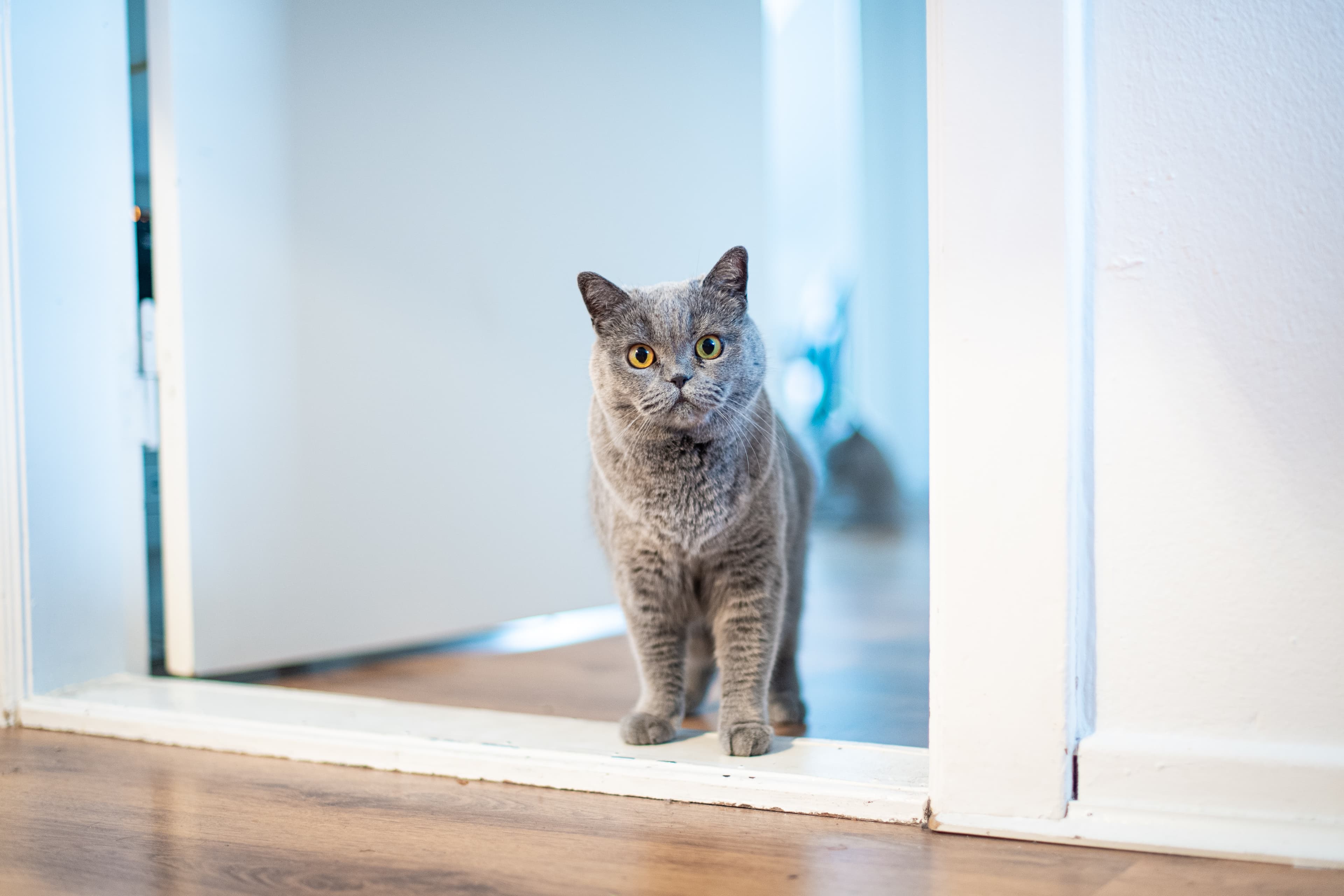Snake bites in cats
There is one poisonous snake in Sweden that it is important to keep an eye out for: the adder (European viper). It is recognised by the zigzag pattern along its back and its usually grey or brownish-grey colour, although there are also dark or completely black individuals. Cats can be bitten by adders, so it is good to know what to look out for.
Adder bites
Adders often bite in self-defence when they are surprised, but they do not always inject venom. The venom is valuable to the snake and it will often only give a warning bite. The Swedish adder injects venom when it bites its prey, which helps the snake to digest the prey once it has been eaten.
The venom naturally has a greater effect on smaller prey than on cats, but even cats can die as a result of a snake bite. On the positive side, cats seem to cope with a bite better than, for example, dogs, and in most cases there are just a few days of swelling and pain at the bite site. However, there is little scientific information on cats and snake bites, so information from dogs and humans is often used as a guide.
How to detect a snake bite
The owner usually does not see the snake, but notices something is wrong when the cat comes in and is perhaps lame or has a swelling on a leg. If you inspect the skin carefully, you can sometimes see one or two small puncture marks, which are the actual bite site. Humans usually show symptoms within 3 hours, and if no symptoms have appeared within 8 hours, venom has usually not been injected. We may assume that this is also true for cats.
A swollen nose after a bite to the nose can feel frightening, but it is rare for a cat to swell up so much that it has difficulty breathing. Many cats have no worse symptoms than swelling, pain and tiredness, and they often recover within a few days. However, there are more serious cases where cats have developed bleeding in the mucous membranes and skin, damage to blood vessels throughout the body and changes in the kidneys, liver and lungs. The internal organs become increasingly damaged and the cat’s general condition deteriorates severely; the cat becomes unconscious and has a high heart rate, and may eventually die from circulatory collapse.
What to do
Keep the cat as still as possible so that the venom is not pumped around the body more quickly.
Do not touch the bite site and do not try to suck out the venom, cool it or treat it in any other way yourself.
See a vet immediately. If you are unsure, call a digital vet or your regular vet for advice.
Call the vet you are on your way to for advice on cortisone and antibiotics, which have been shown to help in some cases of snake bite. Never give your cat any medication without speaking to a vet first.
At the vet
When you arrive at the vet, the cat will often be given intravenous fluids, pain relief and monitoring of heart function. Blood tests are usually taken to check red and white blood cells, liver and kidney values and blood proteins. Sometimes an antidote is given, but this also depends on the situation.
When the cat is discharged and comes home, new blood tests are often taken over the following weeks to make sure everything has gone well. The vet will also recommend avoiding strenuous activity during the first month after a snake bite.






